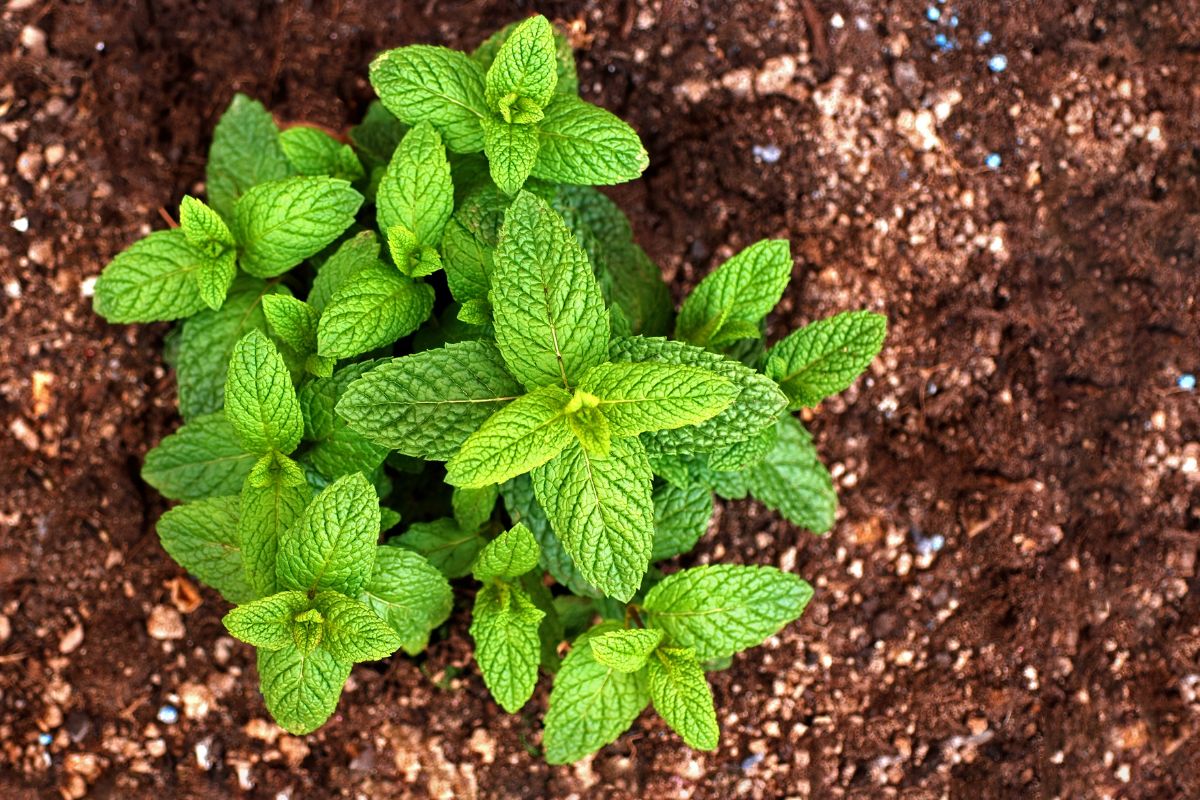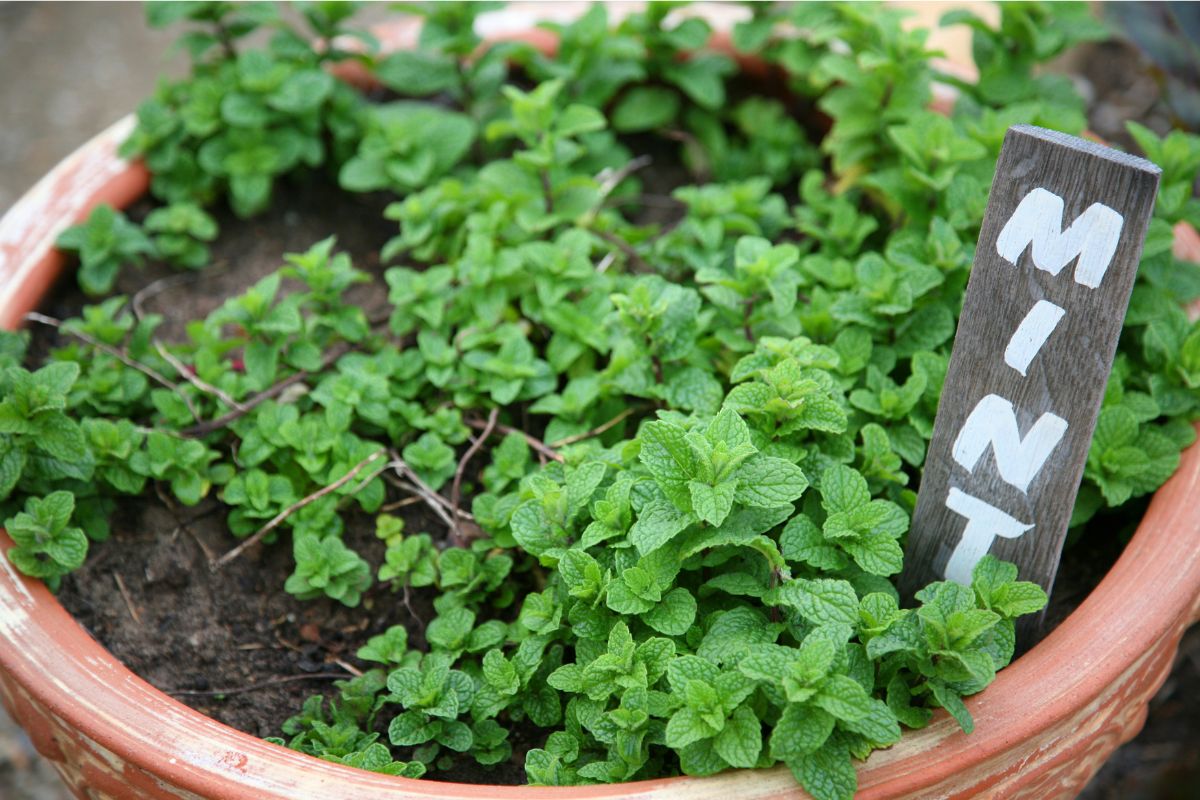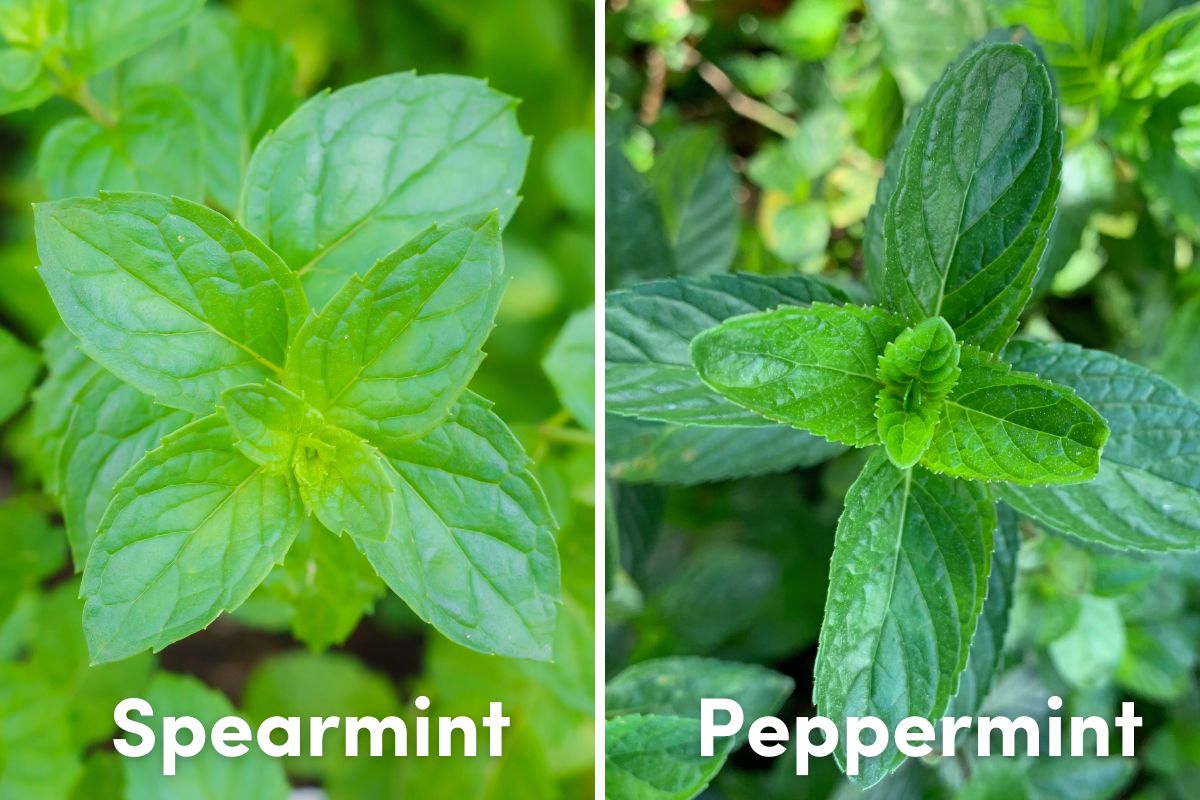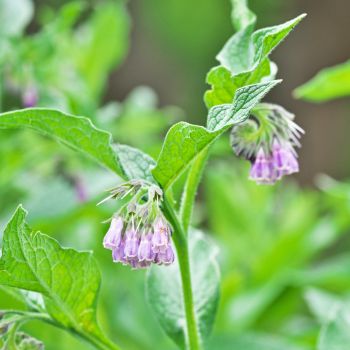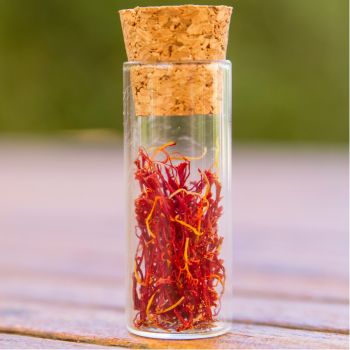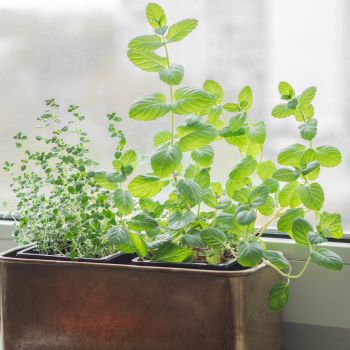If you could choose only one herb to grow, mint would be a strong candidate. Used in countless cuisines worldwide, it's also incredibly easy to grow, highly productive, and happy in a wide range of garden conditions.
But most importantly, its distinctive bright and spicy flavour is hugely versatile, equally at home cutting through rich savoury dishes or used in salads, sauces, hot and cold drinks, desserts, and pretty much anything else you could think of.
True Mints and Impostor Namesakes
True mint varieties belong to the Mentha genus and are close relatives of salvias, as well as other well known herbs including rosemary, sage, lemon balm and thyme. There's also a wide range of botanically unrelated plants that take the common mint name thanks to their similar flavour or fragrance, including catmint, mountain mint, wild mint, Korean mint and Vietnamese mint. These plants may have different growing requirements to true mint.
Mint in the Garden
The most important thing to know about mint is that it's invasive; once it takes hold in your garden, you'll have a very hard time getting rid of it. Because of this, it's important to grow mint either in containers or in a spot where you can confine its spread. A common way of growing mint in a herb patch is to place it in a sturdy container that's buried just below ground level, stopping its underground runners from reaching out.
Mature plants grow 30cm to 40cm in height, although dwarf and carpeting varieties are also available. Growing on the square stems that characterise the mint family, typical mint leaves are around 5cm by 3cm, oval-shaped, slightly hairy and with a crinkled texture and edges. Depending on the variety, the leaf colour will range from bright to dark green with a hint of blue or purple, and sometimes with white or pale yellow streaks.
From mid-summer onwards, mint produces spikes of tiny white or pink flowers. For the most intense flavour and fragrance, the flowers can be removed as they appear as aromatic oils in the leaves decline following flowering. Bees love mint flowers, however, so leaving some flowers on the plant and accepting a decline in flavour is an option.
Popular Varieties of True Mint
There are two main varieties of mint generally grown at home. Spearmint is the most commonly used, bringing a classic refreshing flavour to the kitchen, along with bright green, rounded leaves that are great in salads. Peppermint has a stronger, coarser flavour which is good for infusing, and narrower, pointed leaves which are usually a little darker in colour.
There are also many other mint varieties bred to give extra dimensions of flavour, such as liquorice, chocolate, apple, pineapple, and so on. With the exception of applemint, these varieties are generally propagated through cuttings rather than grown from seed. Whichever type of true mint you prefer, the basic growing instructions are the same.
How to Grow Mint from Seed
Mint can be difficult to germinate, so it's best to raise seedlings under controlled conditions before planting out. Seeds are most often sown in spring, although in warmer climates autumn sowing is also possible.
Sprinkle the seeds onto the surface of a good-quality potting mix, pressing down gently to ensure good contact, and cover very sparingly with a little more mix. Light is needed for germination, so place the container into a bright spot out of direct sunlight, water well, and keep evenly moist until germination, which should take 10 to 14 days.
Planting Out and Ongoing Cultivation
Once the seedlings have reached 5 to 10cm tall and have at least a pair of true leaves, transplant them either into individual containers or about 30cm apart into soil where the root spread can be controlled. Partial shade is welcome, especially in hotter climates, but choose a spot that gets at least three hours of full sun per day.
Mint likes plenty of water and won't tolerate lengthy dryness, but it doesn't require heavy feeding in reasonably fertile soil. Indeed, over-fertilising will reduce the levels of aromatic oils in the leaves. Adding a slow-release fertiliser suited to herbs or leafy vegetables in spring can give growth a head start, but err on the side of caution and only feed if it seems necessary, or you'll promote excessive foliage at the expense of flavour.
You can prolong the harvest season by picking leaves regularly and removing flower heads as they appear. Even if you're not planning to use the herb immediately, it's important to keep picking to stop the mint from growing sparse and woody. If that happens, prune the stems right back to the ground, then feed and water, and growth should return.
In cooler climates, mint is hardy but will die down in winter before returning in spring. In warmer areas it's an evergreen, but you may like to prune heavily before winter both to keep it in shape and to remove any overwintering pests.
Common Mint Problems
Perhaps the biggest challenge of growing mint is confining it to a single spot. If it starts to run out of control, dig up and destroy the roots and runners around the edge of the patch, removing as many traces as you can find.
Mint is otherwise very easy to grow, although it can attract a few pests and problems, particularly when the plants are young. After transplanting the seedlings, keep an eye open for slugs and snails, taking your favoured measures to protect the young plants. Once mint is fully established, however, it's generally vigorous enough to shrug off any gastropod attention.
More seriously, aphids and whitefly both attack mint, and a heavy infestation will hinder growth or even kill off smaller plants. Spray with an oil and soap mix as soon as you spot the insects, or blast off larger populations with a garden hose.
Lastly, powdery mildew can be an issue, particularly if mint is container grown in enclosed spaces. You can reduce the risks by ensuring plenty of airflow between the plants, keeping the foliage dry when watering, and removing any badly affected parts to contain the spread.
These potential problems aside, mint is so easy to grow and versatile to use it likely deserves a place in your garden.
